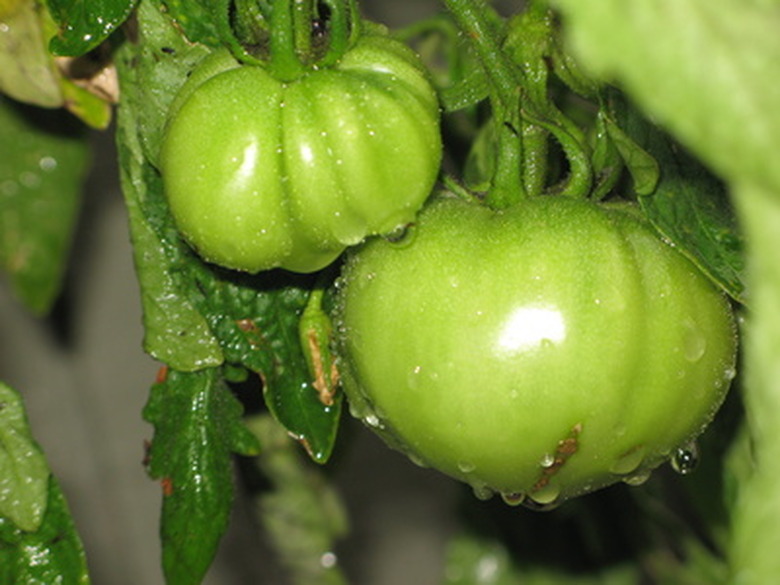Rust Disease On Tomato Plants
After planting tomatoes in your garden, the last thing you will want to encounter is rust disease on your tomato plants. Rust disease is caused by a fungus that affects the leaves and stems of a tomato plant. It causes discoloration to the plant, limiting its ability to make its own food with photosynthesis, and the plant can eventually die. If you know what rust disease is, you may be able to prevent massive damage to your tomato plants.
Identification
Tomato rust is synonymous with the common potato rust, as it was known to have affected potatoes before tomatoes. It is caused by the fungus Puccinia pittieriana, which is known to affect only tomatoes and potatoes.
Origin
Puccinia pittieriana is native to Central and South America, including Mexico, Costa Rica, Brazil, Columbia, Ecuador and Peru.
- After planting tomatoes in your garden, the last thing you will want to encounter is rust disease on your tomato plants.
- It is caused by the fungus Puccinia pittieriana, which is known to affect only tomatoes and potatoes.
Mechanism of Infection
The tomato rust fungus is spread by the formation of its basidiospores. These airborne spores land on new plants and immediately infect them. They develop through the course of their life cycle to become mature teliospores, which produce more basidiospores that are ready to infect more plants, in this cyclic fashion.
Signs
Tomato plants infected by tomato rust will have small spots on the underside of its leaves that eventually turn brown in color.
Treatment
While there is no guarantee that any treatment will help resolve a tomato rust infection, you can treat infected tomato plants with carbamate fungicides every two weeks. Remove infected plant parts before they spread to other areas. Proper disposal of these infected parts may prevent the disease from spreading.
- The tomato rust fungus is spread by the formation of its basidiospores.
- Tomato plants infected by tomato rust will have small spots on the underside of its leaves that eventually turn brown in color.
As a natural alternative, Golden Harvest Organics suggest using neem oil as a treatment for tomato rust. Neem oil has anti-fungal properties that will help to prevent the disease from forming.
Application
The best time to spray or apply a fungicide the tomato plants is in the early morning or later afternoon, and avoid applying it during windy periods. Test a small area of the plant before applying it broadly over the plant. Protect your face, eyes, hands and skin from the fungicide agent, whether natural or chemical.
Prevention
Proper preparation of your garden space may prevent tomato rust from forming in your garden. Weed removal, soil enhancements, well-drained soils and wider plant spacing may all help to keep your tomato plants free of tomato rust.
- As a natural alternative, Golden Harvest Organics suggest using neem oil as a treatment for tomato rust.
- The best time to spray or apply a fungicide the tomato plants is in the early morning or later afternoon, and avoid applying it during windy periods.
According to the National Gardening Association, tomato plants grow well 2 to 4 feet apart. They require frequent watering to develop healthy root systems and stronger plants.
